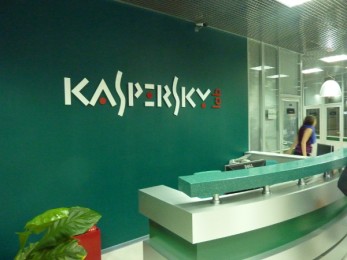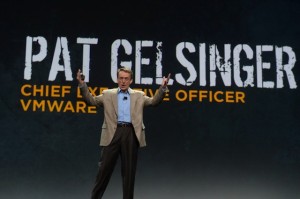 Microsoft Outlook and Hotmail users across Europe on Monday, with many unable to access their email accounts.
Microsoft Outlook and Hotmail users across Europe on Monday, with many unable to access their email accounts.
Users of Outlook and Hotmail reported not being able to send or receive emails for up to 12 hours. The technology giant confirmed it was suffering from connection problems.
Vole announced that it was aware of intermittent connectivity for some users in European countries and we’re working to resolve ASAP.
The company’s service health website carried a message which read: “We’ve identified that a subset of infrastructure was unable to process requests as expected, which caused general service availability to drop unexpectedly.
“We’ve redirected requests to alternate infrastructure to restore service, and we’re monitoring the environment while connectivity recovers. Additionally, we’re investigating an issue in which users are unable to send email messages.”
According to service monitoring site Downdetector.co.uk, the platform began experiencing issues at around 9am, with the UK among the worst affected areas.
“Intermittent connectivity is affecting customers in some European countries, which we are working to resolve as soon as possible,” a Microsoft spokeswoman said.
#Hotmail began trending on Twitter in the UK as social media users took to the site to vent their frustration. The issue was resolved by Monday evening. Outlook has more than 400 million active users, according to Microsoft figures.


















